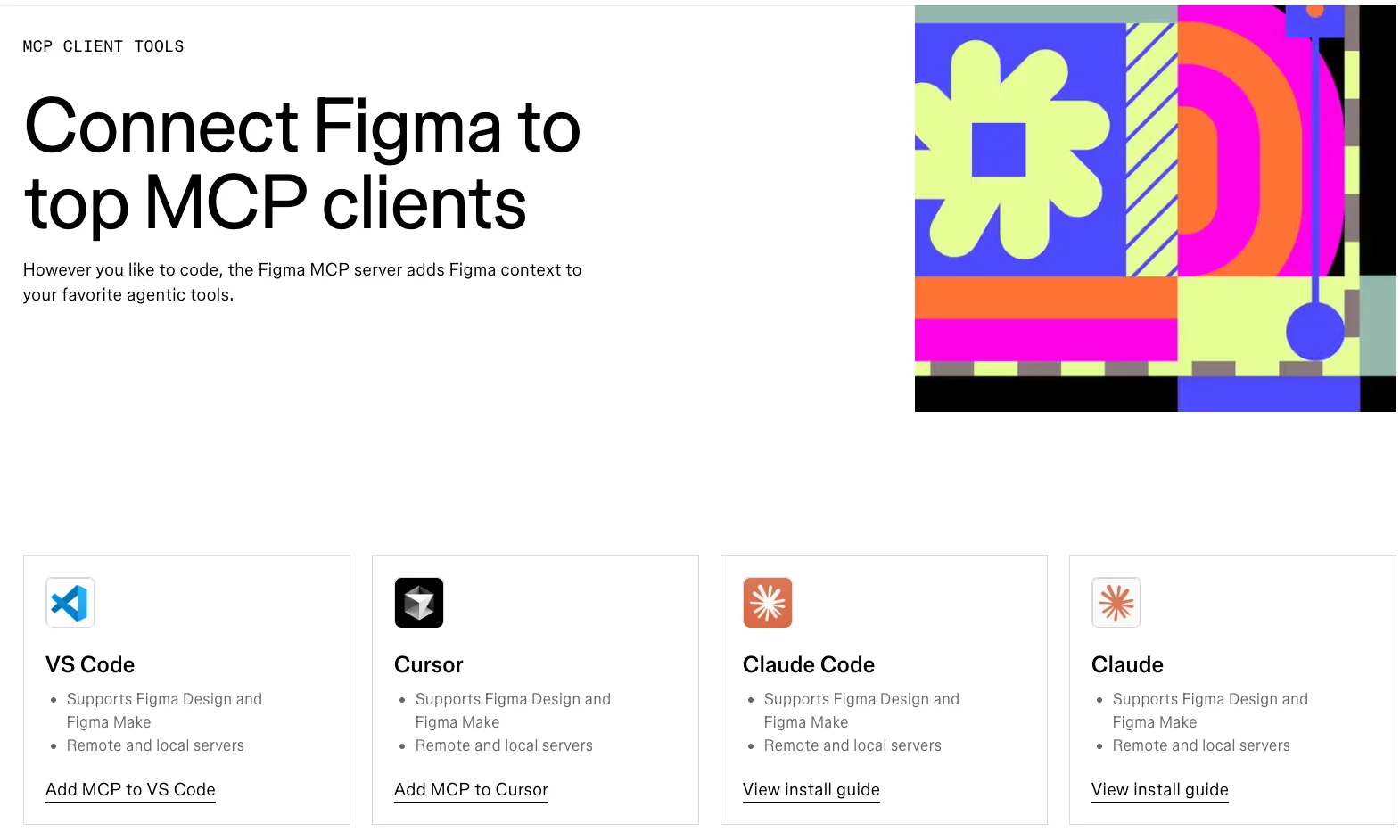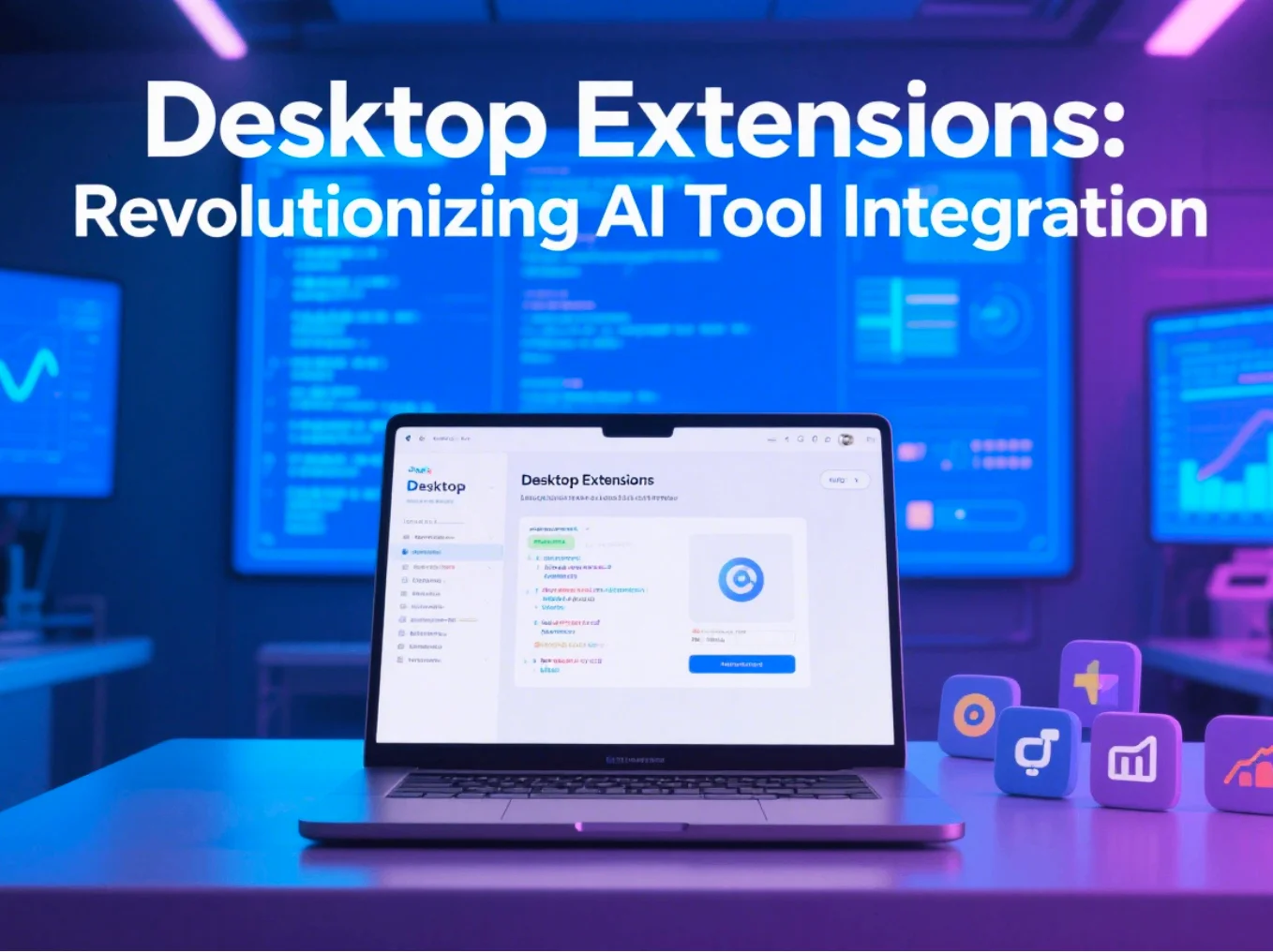
Figma MCP Server Best Practices: From Local Dev to Team Collaboration
A comprehensive guide to best practices for the Figma MCP Server. Learn how to optimize your local and remote setups for a seamless design-to-code workflow.
Bridging the Gap Between Design and Code
The Figma MCP (Multi-Component Platform) Server is a powerful tool that connects your live Figma designs directly to your development workflow. It allows AI assistants to understand your design system, inspect components, and even use them in code generation.
But to unlock its full potential, it's crucial to follow best practices for both local and remote setups. This guide covers the strategies you need to create a stable, secure, and efficient design-to-code pipeline.
Core Concept: Local vs. Remote Servers
Before diving in, it's essential to understand the two primary ways to run the Figma MCP server:
- Local Server: Runs directly on your machine. It's ideal for individual development, quick prototyping, and offline work. Communication happens entirely on your device.
- Remote Server: Deployed to a cloud hosting provider (like Vercel, Netlify, or AWS). It acts as a centralized, single source of truth for your entire team's design system.
Choosing the right one depends on your team's size, workflow, and security needs.
Local Server: Best Practices for Individual Development
A local server is the quickest way to get started.
1. When to Use a Local Server
- Individual Projects: Perfect when you are the sole developer.
- Prototyping: Quickly testing new components or ideas without affecting the team.
- Offline Development: Continue working even without an internet connection.
2. Installation and Configuration
The recommended installation is straightforward:
npm install -g @figma/mcp-server
When you run the server, always point it to a specific project directory to limit its scope.
figma-mcp-server /path/to/your/project
3. Keep Configuration Local
Your figma-mcp-config.json file contains the mapping between your Figma components and your code. For a local setup, it's perfectly fine to keep this within your project directory.
Pro-Tip: Add comments to your configuration file to document complex mappings or decisions for your future self.
Remote Server: Best Practices for Team Collaboration
When you're working with a team, a remote server ensures everyone is using the same component definitions.
1. When to Use a Remote Server
- Team-Based Development: Ensures every developer and AI assistant is referencing the same design system.
- CI/CD Integration: Allows automated processes to access design system information.
- Single Source of Truth: Prevents inconsistencies where different developers have slightly different local setups.
2. SECURITY FIRST: Protect Your Figma API Token
This is the most critical best practice for a remote server. NEVER hardcode your Figma API token in your configuration files or commit it to version control.
- Use Environment Variables: Store your token in an environment variable (e.g.,
FIGMA_API_TOKEN). - Hosting Provider Secrets: Use the "secrets" or "environment variables" feature of your hosting provider (Vercel, Netlify, AWS) to store the token securely.
- .gitignore: Ensure that
.envfiles or any other local files containing secrets are listed in your.gitignore.
Example of a secure setup in your server's code:
const figmaApiToken = process.env.FIGMA_API_TOKEN;
if (!figmaApiToken) {
throw new Error("Figma API token is not configured!");
}
// Use the token to initialize the server
3. Choose the Right Hosting
- Serverless Functions: Platforms like Vercel or Netlify are excellent choices as they are cost-effective and scale automatically.
- Docker: For more complex setups, you can containerize your MCP server and deploy it to services like AWS Fargate or Google Cloud Run.
4. Implement Caching
A remote server will serve many requests. To avoid hitting Figma API rate limits and to speed up responses, implement a caching layer.
- In-Memory Cache: For simple cases, a time-based in-memory cache can be effective.
- Distributed Cache: For high-traffic servers, use a service like Redis to share the cache across multiple server instances.
General Best Practices (Apply to Both Setups)
1. Version Your Configuration
Your figma-mcp-config.json is a critical file. Keep it in version control (Git) to track changes, collaborate with others, and revert to previous versions if needed.
2. Maintain Clean Component Mappings
The heart of the Figma MCP server is the mapping between Figma components and their code counterparts.
- Consistent Naming: Ensure your Figma component names and code component names follow a predictable pattern.
- Document Complex Mappings: If a mapping is not straightforward, add comments in your configuration or a separate
README.md. - Regular Audits: Periodically review your mappings to remove stale entries and update for new components.
3. Error Handling and Debugging
- Use the
--verboseflag: When running locally, usefigma-mcp-server --verboseto get detailed logs. - Structured Logging: For remote servers, implement structured logging (e.g., JSON format) to make logs easily searchable in services like Datadog or LogDNA.
Decision Guide: Local vs. Remote
| Feature | Local Server | Remote Server |
|---|---|---|
| Use Case | Individual development, prototyping | Team collaboration, CI/CD integration |
| Setup Cost | None | Potential hosting fees |
| Maintenance | Low | Higher (deployment, security, monitoring) |
| Collaboration | Difficult | Easy, single source of truth |
| Security | Lower risk (runs on your machine) | Higher risk (requires careful token management) |
Conclusion
The Figma MCP Server is a transformative tool for modern development teams. By starting with a local server for individual tasks and graduating to a well-architected remote server for team collaboration, you can create a powerful, secure, and efficient workflow.
Always prioritize security, maintain clean configurations, and choose the setup that best fits your team's needs. With these best practices, you'll be well on your way to seamlessly integrating your design system into your AI-powered development process.
Share this article
Found this helpful? Share it with others!
Related Articles

How to Install and Configure Your First MCP Server in 10 Minutes
Step-by-step guide to installing your first MCP server. From setup to integration with clients like Claude Desktop, Cursor, and VSCode, get your AI assistant connected to external tools quickly and securely.

Building Your Own MCP Server: A Complete Guide from Idea to Production
Learn how to create custom MCP servers that integrate with any AI assistant. Complete with code examples, best practices, and deployment strategies for your specialized use cases.

Top 10 MCP Servers Every Developer Should Know About in 2025
Discover the most essential MCP servers that can supercharge your AI development workflow. From database connections to Git integration, these servers will save you countless hours.